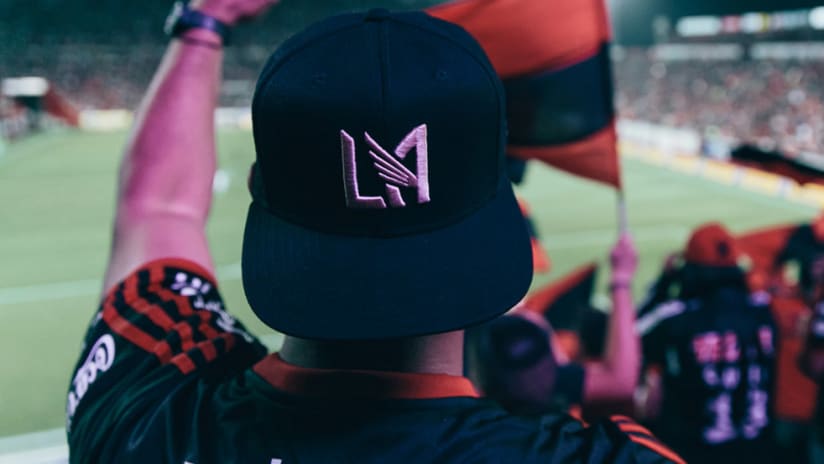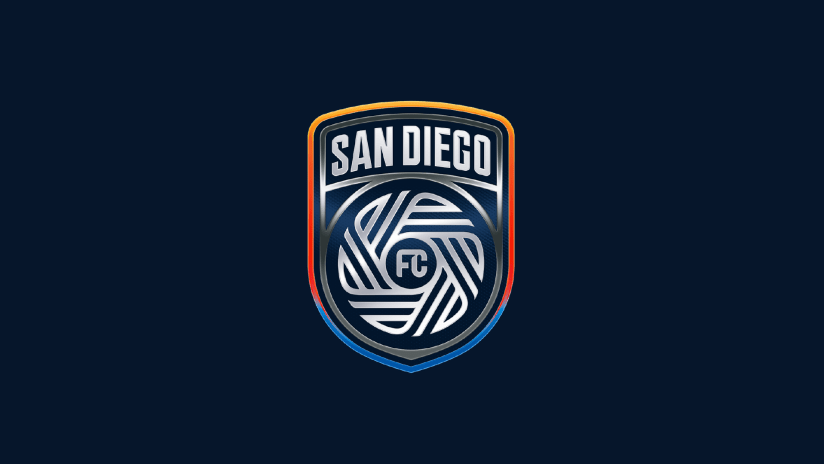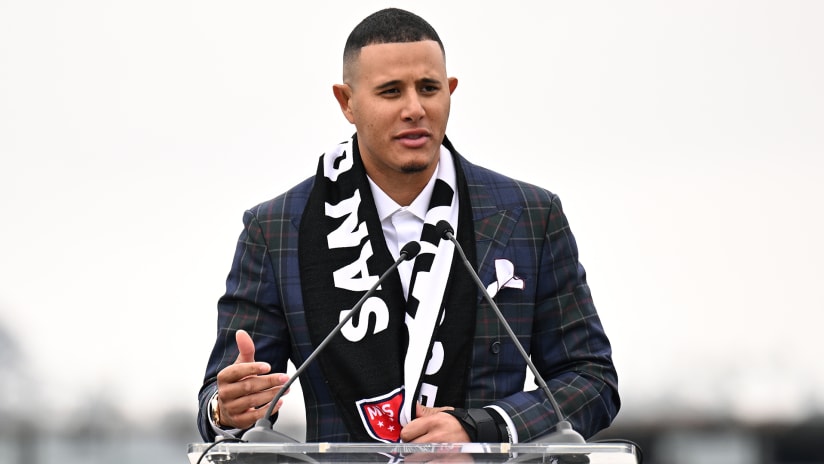This past April, as their future MLS foes were working their way through the early part of the 2016 season, the entire LAFC staff took a weekend trip – a weekend business trip – to Tijuana, Mexico.
A total of 13 members of the club’s front office made the 140-mile drive to the Mexican border city on April 15 to see Club Tijuana take on Monterrey in a Liga MX match. They were there as professional observers, watching, listening and peppering their counterparts in the Xolos front office with questions.
The goal was to pick up a few things to bring back to LA, where those 13 staffers are forming a club from whole cloth ahead of their MLS expansion season in 2018. They looked at plenty of aspects of the Xolos operation while in Tijuana, drawing inspiration from their technical setup, marketing tactics and the atmosphere at Estadio Caliente.
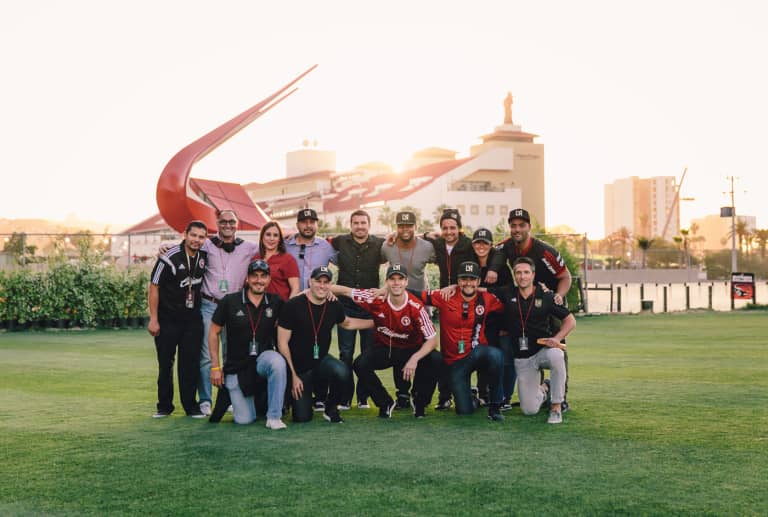
“I think the cool thing about it was all of us come from different backgrounds, some soccer-heavy, some not, but all of us had that same fan experience together,” LAFC marketing executive Rich Orosco told MLSsoccer.com over the phone. “To hear all the questions back and forth, to have [an employee] from our membership group who is from San Diego and is a hardcore Xolos fan sharing with another [LAFC staffer] who came from the NBA, that was great.”
The Tijuana trip was far from the first official visit to another club made by an LAFC employee, but it was the first time a group that large took such a trip together.
LAFC employees have visited many other clubs both in MLS and in foreign leagues. Lone or small groups of staffers have taken trips to Bayern Munich, Borussia Dortmund and St. Pauli in Germany and Manchester City, Tottenham Hotspur and Queens Park Rangers in England and have seen Seattle, Portland, San Jose, both New York teams and, naturally, the Galaxy in MLS.
LAFC’s Executive VP of Soccer Operations John Thorrington has held meetings with most of the MLS teams that have traveled to LA to play the Galaxy this year, and he plans on visiting every MLS club before LAFC kick off in 2018. Orosco and the club’s Executive VP of Marketing, Joanne Wong, will also be taking more trips, with plans in the works to visit Orlando City and Sporting KC.
The trip to Tijuana was particularly instructive, however, because the LAFC staff was able to get a firsthand look at a relatively new club that found quick success in Liga MX.
Compared to most of their rivals in Mexico’s top flight, Tijuana are very, very young. Founded in 2007, they quickly established themselves on the field, earning promotion to Mexico’s top flight in May 2011 and winning the Liga MX title in December 2012.
Equally impressively, they’ve developed a strong following on both sides of the border. They averaged 27,044 fans per game in the 27,333-capacity Estadio Caliente in the recently completed Clausura campaign. Past estimates have pegged the portion of Americans in the crowd at 20 percent.
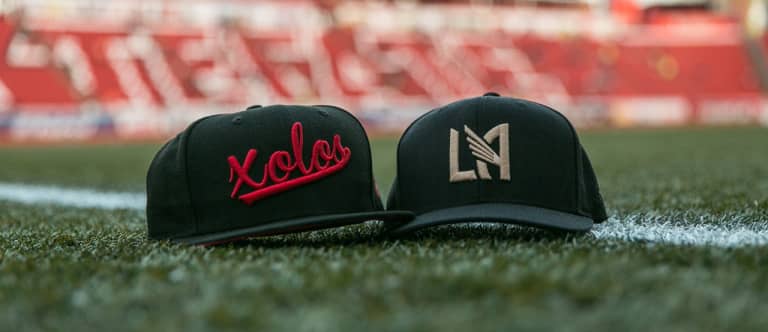
LAFC, who place huge emphasis on their desire to have a deep connection with their city, are aiming to replicate that early success, both on the field and in the stands in MLS.
“Talking to them, a great area of learning for us was how you build this club from scratch and how you incorporate the city into everything you do,” Wong said. “They talked a lot about working in partnership [with the city] and really representing the culture of their community and their fans. I think that was a great learning experience.”
That experience, of course, can’t be replicated by visiting century-old clubs in Europe. Not that those trips aren’t valuable. Orosco, who said he has “a natural curiosity about supporter culture,” was especially taken by his visit to Germany.
He loved Dortmund’s famed “Yellow Wall,” the 25,000-capacity supporters’ stand that is the heart of one of the most intimidating atmospheres in all of Europe. He was also intrigued by his trip to St. Pauli, who, similar to Sporting KC, have their own supporters’ clubhouse in the stadium that’s open to fans throughout the year. He’d like to bring elements of both to LAFC’s stadium, which is scheduled to open in time for the club’s 2018 debut and will feature a steeply-pitched supporters’ section in its north end.
“In visits around the world, I like to just kind of breathe in the sites and the sounds and the colors and to hear the stories of the people in the supporters’ clubs,” Orosco said. “Whether it’s an English fan for generations or a Tijuana fan who’s been supporting since 2007, I’m fascinated with their stories, with how that translates and fuels a club.
“When I visited Dortmund, they all confirmed that the Yellow Wall is what sort of fuels the club. So [we have] that sort of vision for LAFC, to get that north end of the stadium to be the heart and soul of everything we do. I think that’s going to be a big opportunity for us.”

Regardless of where they visit, LAFC say that they’re always looking at how clubs embody what their fans think is best about their cities. They want their supporters to feel that the club represents the best of LA, and they’re committed to figuring out how best to do that – even if it means traveling the world.
“The teams that fans most readily and passionately identify with are those that represent their city well. For example, in Chicago, the Bears stand for what their fan base believes is great about Chicago and that passion is evident every Sunday,” said Thorrington, a former Fire midfielder. “Our model of how we’re planning and developing this project is with really intimate supporter engagement. We don’t make any decisions without taking our fans into consideration.”

